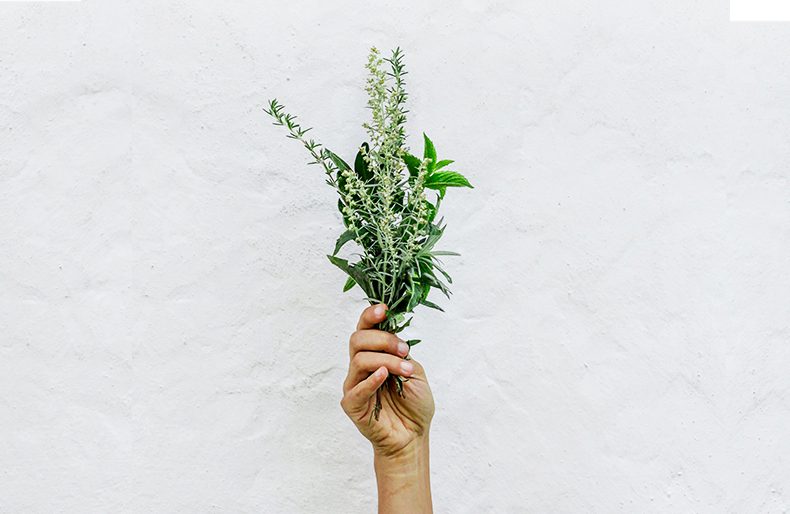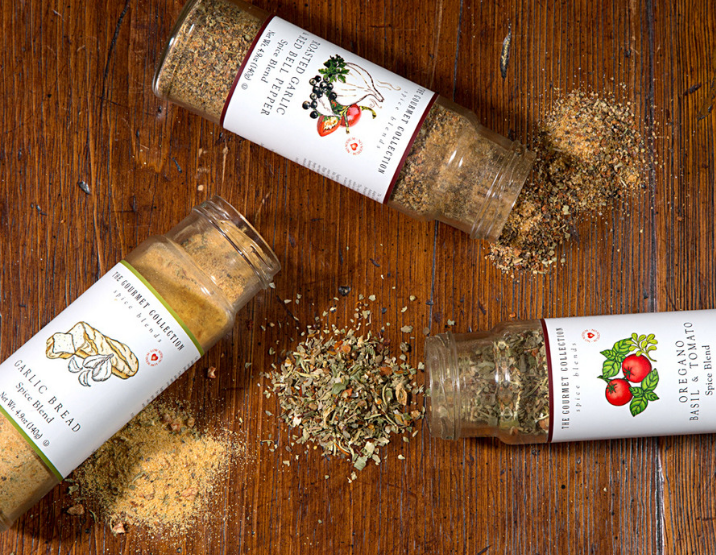

A Lesson In: Sage
Sage, as the name implies, invokes the idea of both wisdom and a natural, earthy aura. When it comes down to what Sage provides in flavor, that’s not entirely far from the mark.
Also known as Salvia Officinalis, Sage originates from the Meditteranean and has enjoyed a long history of both culinary and medicinal usage. To this day, burning sage is a common practice for everything from triggering meditation to deodorizing a room, and Sage tea is right next to chamomile among the most popular herbal teas.
Sage is something of a wonder herb, and even when added in very small doses can completely change the flavor (not to mention, the aroma) of a blend. It’s extraordinarily agreeable as well and is used in everything from honey to vinegar to butter. It appears in everything from our Chicken Salt to our Pasta Herb blend, and is one of the most common ingredients you’ll find on the back of our labels right next to garlic and pepper.
Knowing how much sage when using it as an ingredient is key, because too much of it can be overpowering. Frying or cooking it dilutes its flavor, so it’s important to be very precise when following recipes. If your meal doesn’t call for it it’s also the perfect ingredient to a cocktail or herbal refreshment.
Health-wise, Sage is loaded with antioxidants and has potential properties that reduce blood sugar, protect against cancer, and lower cholesterol. Studies have shown it can even reduce dental plaque. Throughout history (particularly ancient history), Sage has also been useful as an antiseptic.
Safe to say, it’s Sage advice to try and include sage in your diet.


